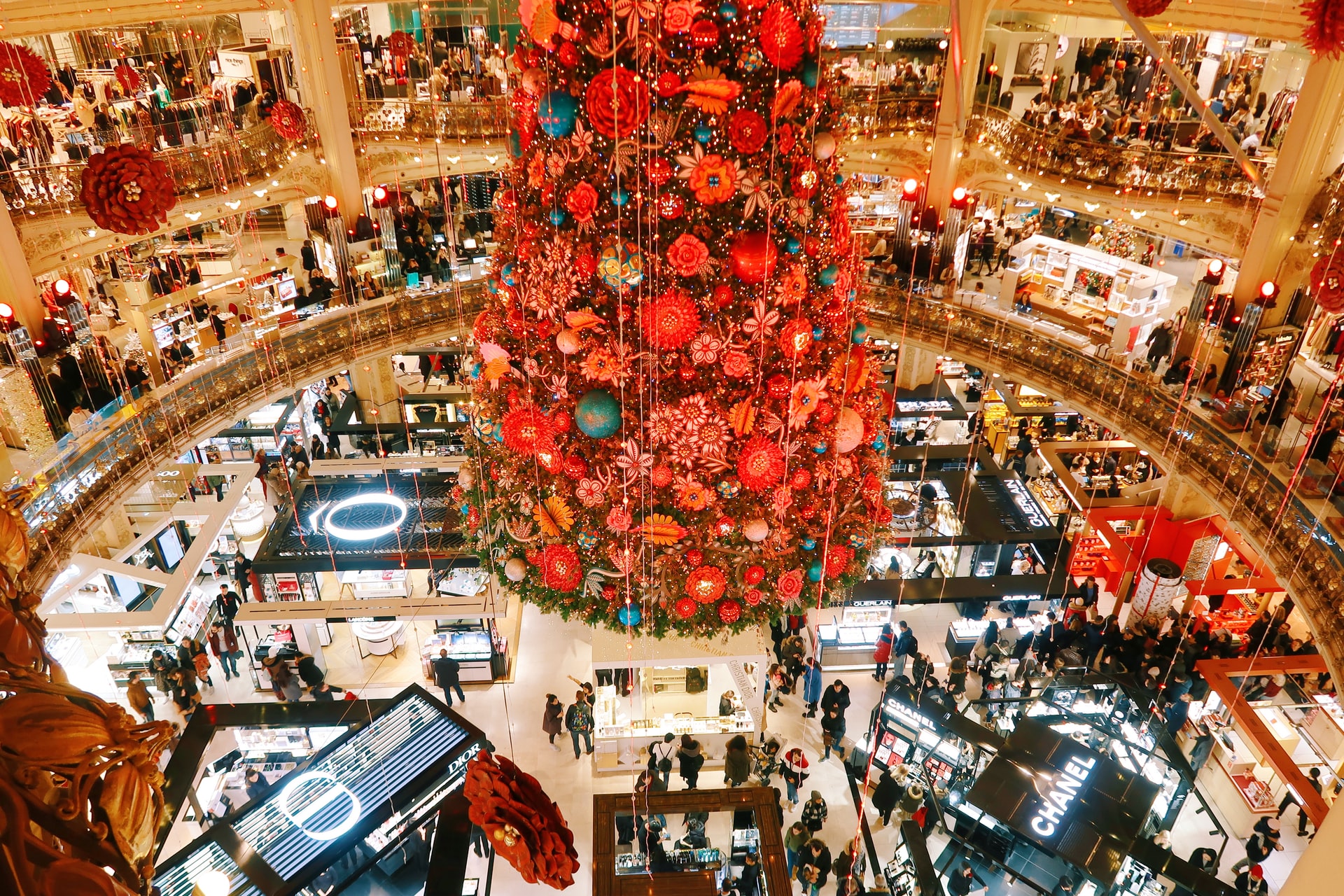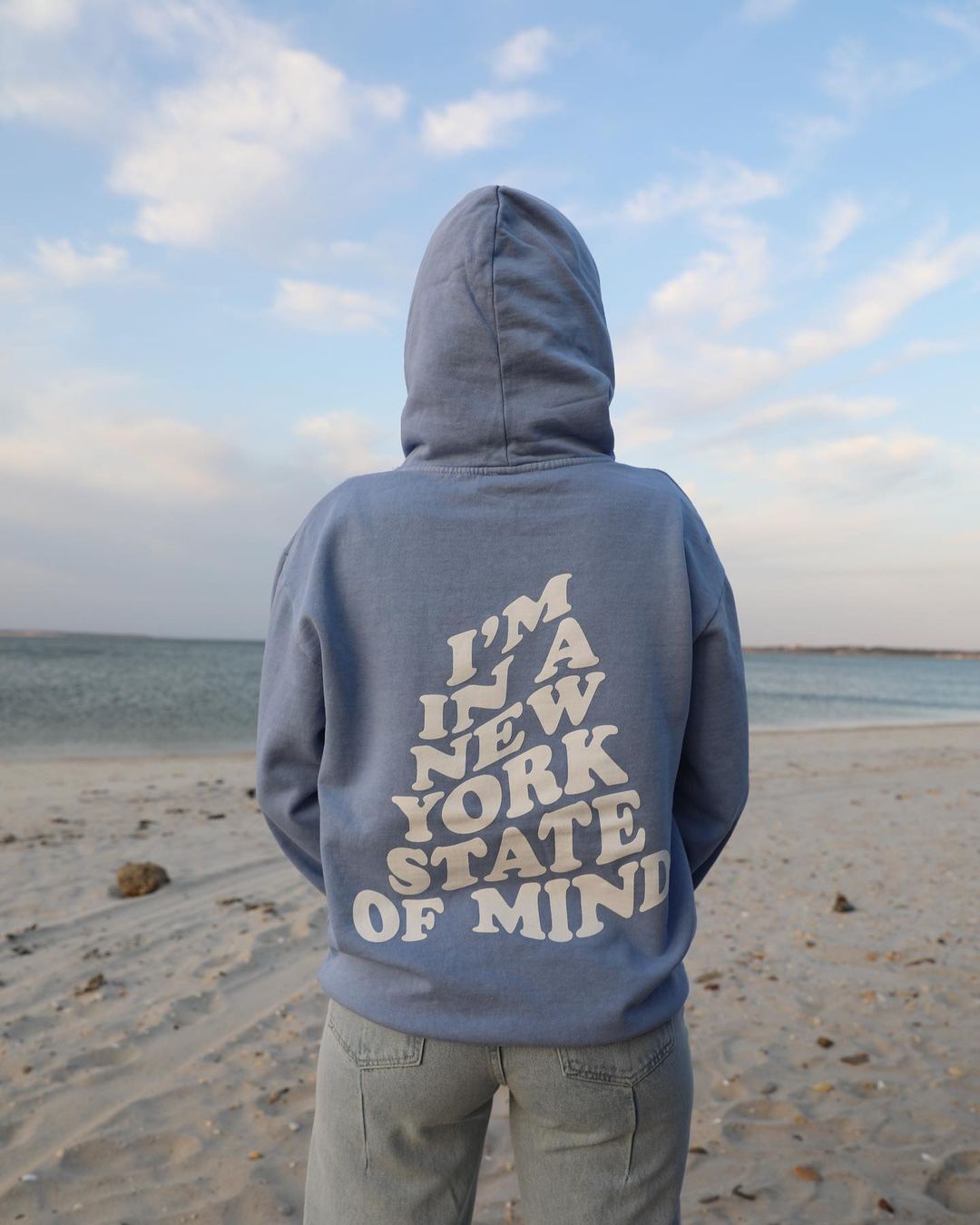The next four weeks will define the year for retail in the U.S. With Thanksgiving now in the rear view mirror, the focus shifts to holiday sales and the drive to fully restore business lost during the darkest days of the coronavirus pandemic. While COVID-19 has had a transformative impact on the retail sector, it’s encouraging to know that most major retailers outperformed expectations in the third quarter of this year. Many even raised their guidance for year-end results, signaling a return to pre-pandemic form based on growth in e-commerce and the velocity of sales in their brick and mortar stores.
At this point, holiday look books have been distributed, stores are being readied for an onslaught of shoppers and e-commerce teams are rolling out long-planned digital campaigns.
But questions remain: How will supply chain issues impact retailers’ ability to meet consumer demand? Will labour shortages compromise the in-store experience if retailers can’t recruit enough associates to satisfy staffing requirements? And there’s still the question of whether COVID-19 variants such as Delta—and now a new threat, Omicron—will keep Americans away from shopping malls and downtown shopping districts.
But we believe these challenges will be overcome—at least in most cases.
For our first holiday retail forecast, we’re predicting a robust 2021 holiday season with empty shelves, not only due to a potential lack of inventory, but as a result of strong sales performance. Demand could be overwhelming in some areas as Americans venture out to experience the very best of retail once again. One of the drivers of that surge in shoppers will be the return of international tourism to the U.S., which is of particular importance for major retailers that rely on tourist foot traffic. The tourists’ return will be felt most in major cities such as New York and Chicago.
Importantly, our insights are showing that retailers with the longest runway for sustained growth will be off-price retailers and true luxury brands. Though they sit at opposite ends of the market spectrum, these retailers provide a unique customer experience that brands in the middle will struggle to replicate. The real challenge will be sustaining that growth well into 2022.
Omni-channel is everything
Retail consultants have long espoused the importance of building omni-channel sales models. Their advice was often given short shrift by major department brands that continued to focus on brick and mortar sales. Others went all-in on e-commerce. For those that were still lagging behind at the onset of the coronavirus pandemic, forced closures and social distancing restrictions helped them find religion in omni. They set out to quickly boost their digital presence and worked to lure online shoppers. Many were too late to the game and have—or will—fall prey to competitors that built out their digital infrastructure many years earlier.
The latter have a clear advantage because they maintain both a strong e-commerce and physical store presence. When done right, these sales channels act symbiotically. Customers research online and either purchase there or visit brick and mortar stores for a tactile merchandise experience. Customers’ desire to touch and try on luxury clothing and be treated to the superior client service that high-end retailers deliver, for example, is one reason why upmarket brands are poised to excel this holiday season.
Conversely, many shoppers will venture into stores to buy products that they can’t find online, or to touch and try before purchasing from a retailer’s website, perhaps in a Cyber Monday-esque flash sale. Importantly, websites can effectively convey brand stories that are more difficult to tell in a live setting, helping to solidify customer engagement, while also cross-promoting a wide array of items. That heightened degree of customer engagement converts to a greater share of consumer ‘wallet share.’ Shoppers spend more because they love the brand, what it stands for and the quality and variety of products it sells. We’re also seeing online-only brands producing pop-up shops for a temporary (and often highly profitable) brick and mortar experience.
Laying the foundation for continuous growth
But retailers’ holiday 2021 performance will be irrelevant if it can’t be sustained. The real issue is how they can leverage a potentially strong holiday season into 2022—and beyond.
As a retailer, what lessons can you learn from your clientele and apply to enhance their online and in-store experiences? Have you collected the necessary data insights to outline quantifiable performance improvements, boost brand recognition and develop an actionable strategic plan for your brand? Most importantly, how can you return to comparative year-over-year sales growth, instead of merely charting a comeback from COVID-19?
Supply chain challenges could abound for months to come. Staffing shortages are also likely to linger. Having a strong holiday season won’t be enough to help most retailers rebuild. They need to think about the new experience they can offer customers as they work to build and maintain their loyalty. And they need to do it now.
Scott Polworth, founder and principal, SFP Solutions
Contact a member of our team now to learn more about our services.




